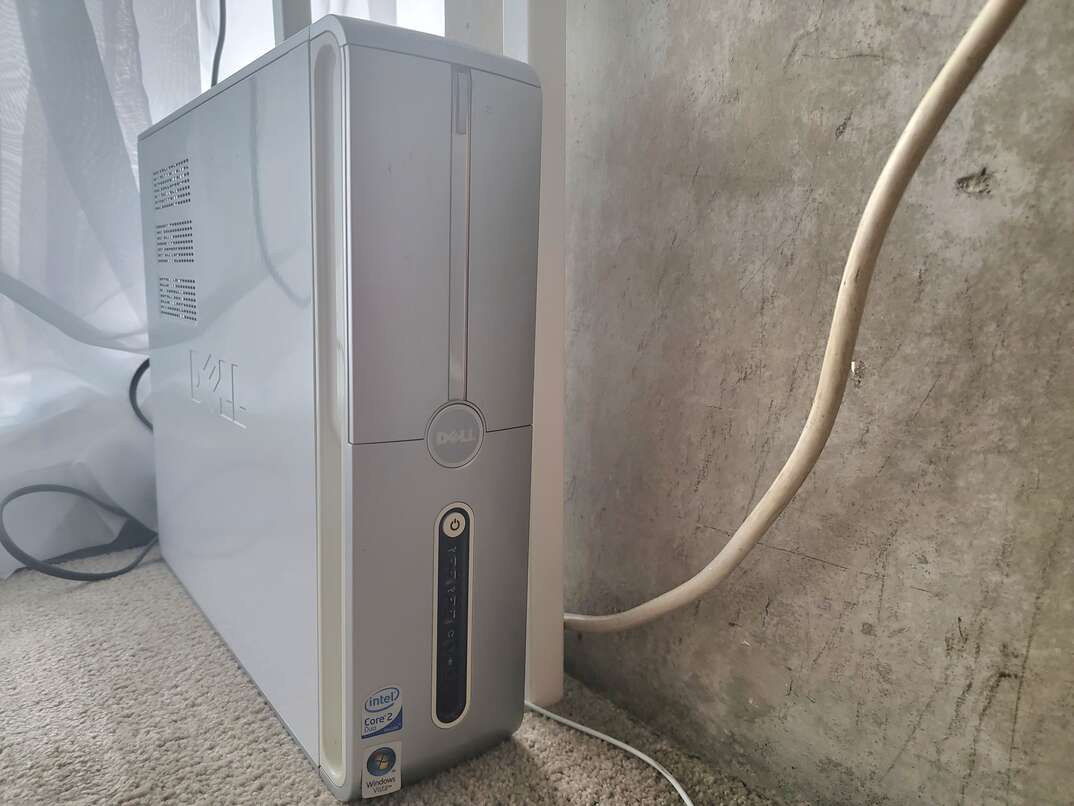We Gotta Move These Refrigerators: A Step-by-Step Guide to Moving Your Fridge

Moving a Refrigerator at a Glance
- Tools: Appliance dolly, straps, moving blankets, tape, cooler, an extra person to assist you
- Step 1: Disconnect and prep refrigerator
- Step 2: Remove or secure doors
- Step 3: Clear a path
- Step 4: Slide fridge onto dolly
- Step 5: Prep for transport
- Step 6: Place fridge and reconnect
If you’re moving, you might be planning to take your appliances with you. Unfortunately, some appliances, like refrigerators, are often bulky and difficult to move. Ideally, you'd ask a professional moving company to transport the unit for you. But if that's not an option, you can move a fridge yourself with a buddy and a few pieces of equipment.
This May Also Interest You: Common Refrigerator Problems and How to Fix Them
Whether you’re moving your fridge to a new location, disposing of it or just trying to get behind it to clean, here’s what you need to know about moving this large appliance.
Is It Difficult to Move a Fridge?
The difficulty level depends on the size of the appliance. Mini-fridges can be moved fairly easily, especially if you have someone to help you. Bigger, family-sized refrigerators are harder to maneuver. You'll need a dolly and some straps to help you move them safely.
A typical refrigerator weighs between 200 and 300 pounds. French-door refrigerators are at the upper end of that estimate. Some of the biggest models weigh even more than that. TLDR: Don't try to move your full-size fridge without at least one other person helping you.
Equipment You’ll Need
To move a refrigerator, you will need:
- An appliance dolly
- Straps
- Moving blankets
- Tape
- Coolers
- At least one person to assist you
Prep the Fridge
Before moving a refrigerator, make sure it's completely empty. Put the food and beverages you want to keep into coolers surrounded by ice or ice packs. Keep these coolers sealed to ensure they stay cold for as long as possible. Also, you’ll need to shut your fridge off for several hours before you plan to move it. Take out drawers and glass shelves, too.
Before moving a refrigerator, you'll need to disconnect it properly. For some fridges, that's as simple as unplugging the power. If you have an ice maker, however, you may also need to disconnect the plumbing.
Step by Step: Moving a Refrigerator
As we’ve discussed, fridges can be bulky and heavy. You’ll want to take your time and plan the move carefully. When you’re ready, here’s what to do:
1. Disconnect the Fridge
Disconnect the refrigerator from the utilities. After you unplug the refrigerator, carefully bundle up any pipes or cords and tape them to the back of the fridge.
2. Remove or Secure Doors
Some fridge manufacturers recommend you remove the doors before moving the appliance. Alternatively, you can tape or tie the doors shut to protect them. Either secure the doors in place, or remove and wrap them in bubble wrap to be moved separately.
3. Clear a Path to the Door
Confirm you have enough space to get the fridge out of the house. If there's any doubt about the width of certain doors, measure them to be sure. Clear your path of boxes or other equipment so you can safely move the fridge without having to navigate over or around obstacles.
4. Guide the Fridge Onto the Dolly
Many fridges have wheels to make it easy to slide them out away from the wall. Once you've done this, have one person tilt the fridge while the other slides an appliance dolly under it. Carefully guide the fridge onto the dolly; don’t try to force the dolly under the fridge. Take care not to tilt the fridge by more than 45-degrees. Once the fridge is on the dolly, secure it with straps.
5. Secure the Fridge for Transport
Use the dolly to transport the fridge, keeping the weight toward the back. If you need to navigate stairs, do so one at a time, with one person ensuring the fridge is always secure toward the back of the dolly.
If you’re moving your fridge to a different location, use a loading ramp to move the fridge up into the moving truck. Secure the fridge with ties or bungee cords so that it's safe inside the truck. Avoid laying the fridge on its side.
6. Put the Fridge in Its New Location
Repeat the process once you have the fridge at your destination. Replace the door, drawers and shelves. Then, plug the refrigerator in and let it cool for at least 24 hours before putting food back in.
More Related Articles:
- 5 Best Smart Refrigerators for Various Household Needs
- Check Out the Average Cost to Service These Top 3 Refrigerator Brands
- Every Cost You Need to Know About With Refrigerator Repair
- 4 Ways to Make Your Refrigerator More Efficient
- Your Stainless-Steel Fridge Will Shine Bright Light A Diamond With These Cleaning Tips
Can You Move a Fridge Without a Dolly?
It is possible to move a fridge without a dolly. If your fridge has wheels, you should be able to roll it to where you need it to go. You can also use furniture sliders to protect the floor and carefully transport the fridge out of your home.
If you don't have sliders and the fridge doesn't have wheels, you can work with a friend to "walk" the appliance out of the room bit by bit. Lift the fridge and move one side of it forward, then the other. Go back and forth like this until you get it to the destination. You may want to have two people help you if you're doing this, especially when navigating stairs, so that the fridge does not tip over as you try to slide it up or down one step at a time.
Since we’re all home now more than ever, being prepared for unexpected home repairs with a plan from HomeServe is important. Having a plan in place gives you peace of mind knowing that you can simply call our 24/7 repair hotline for covered breakdowns. See what plans are available in your neighborhood.


